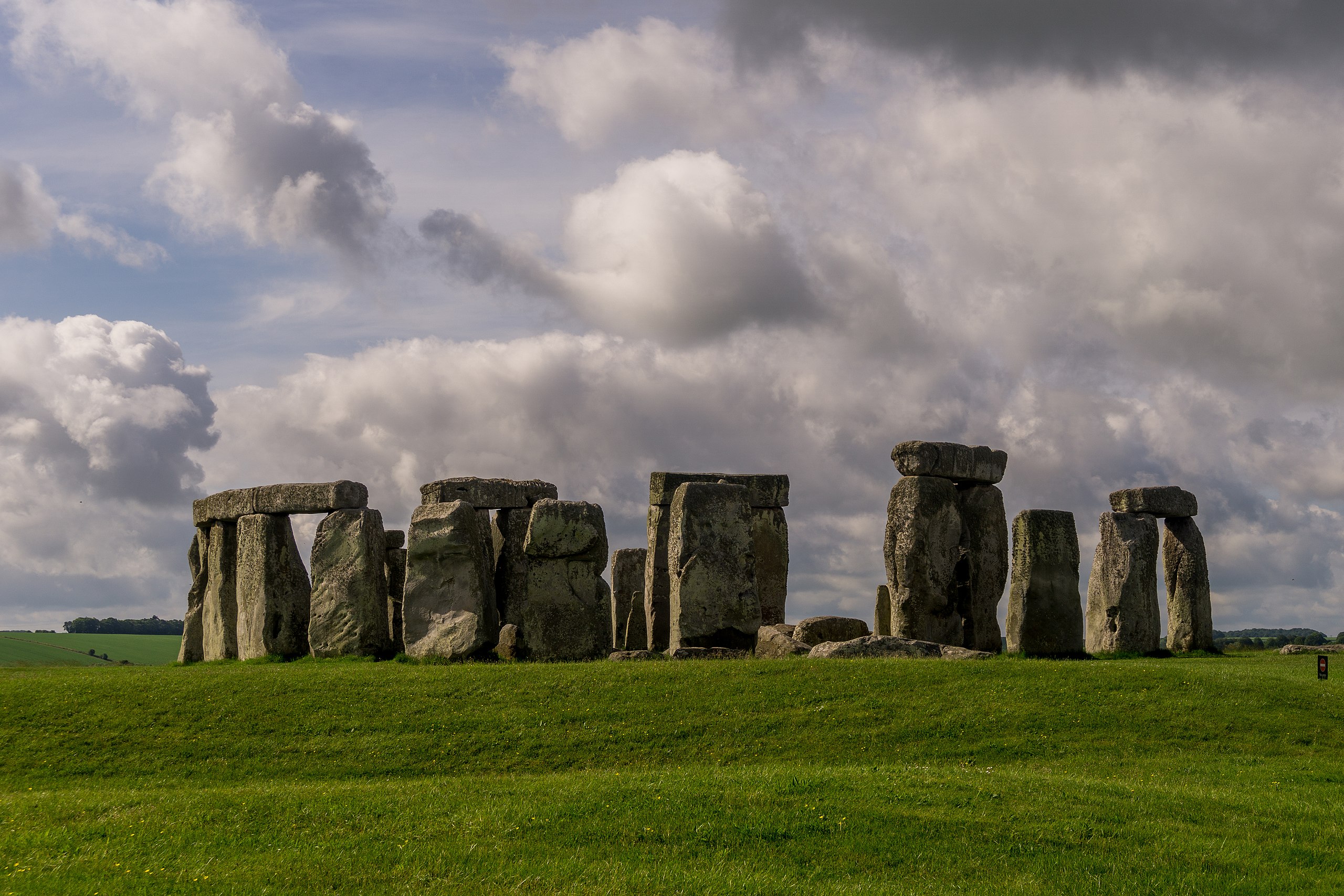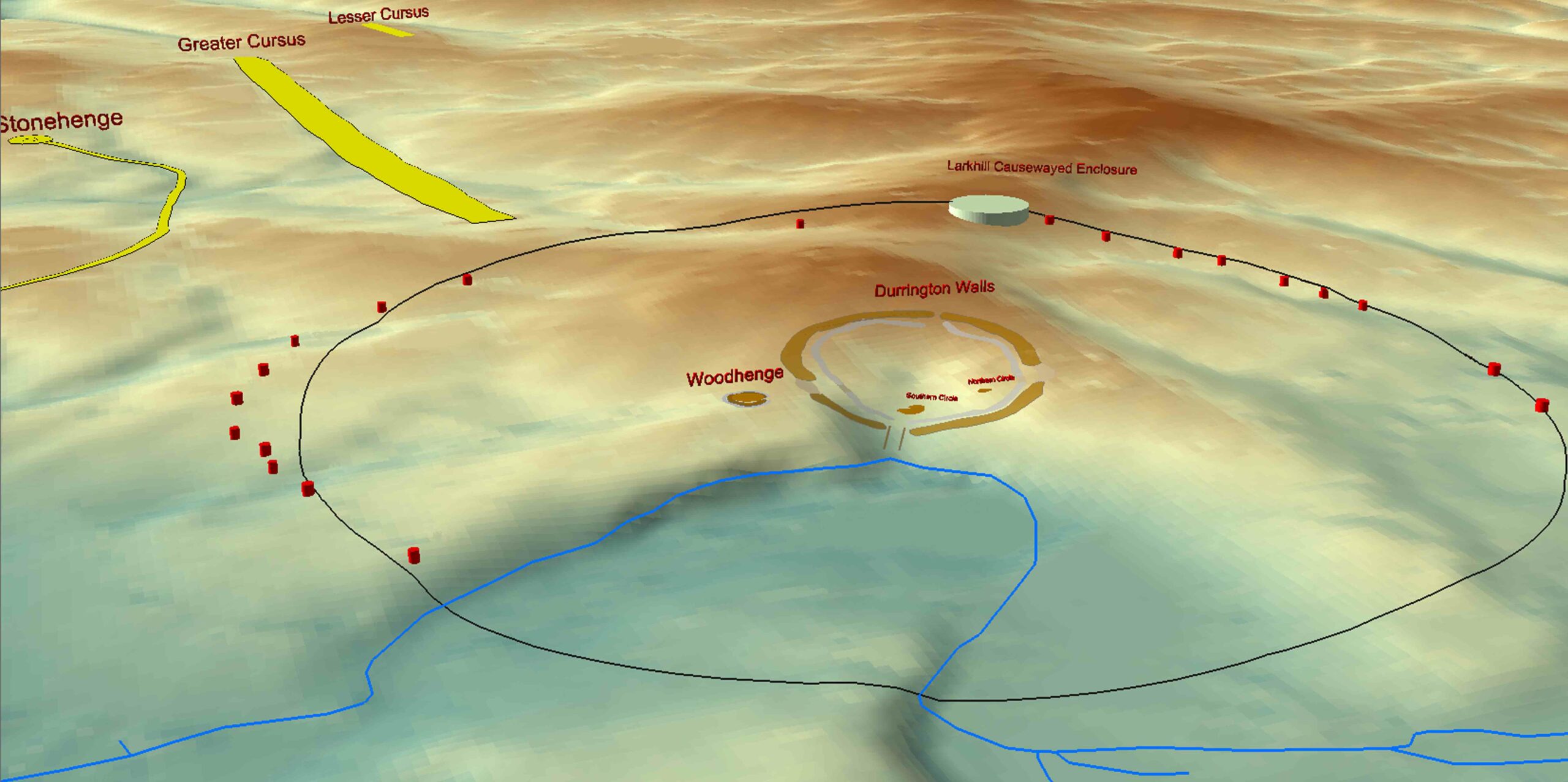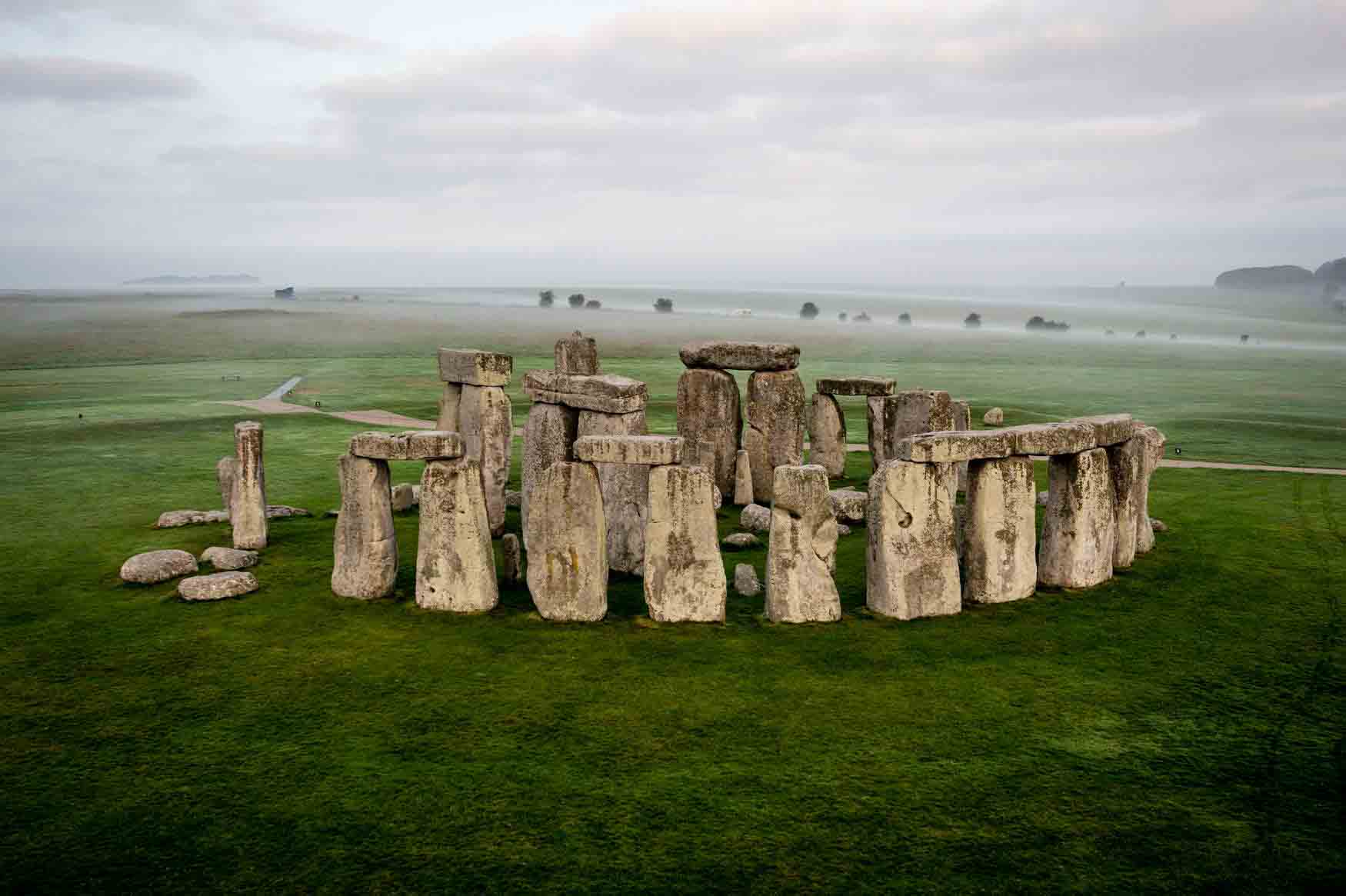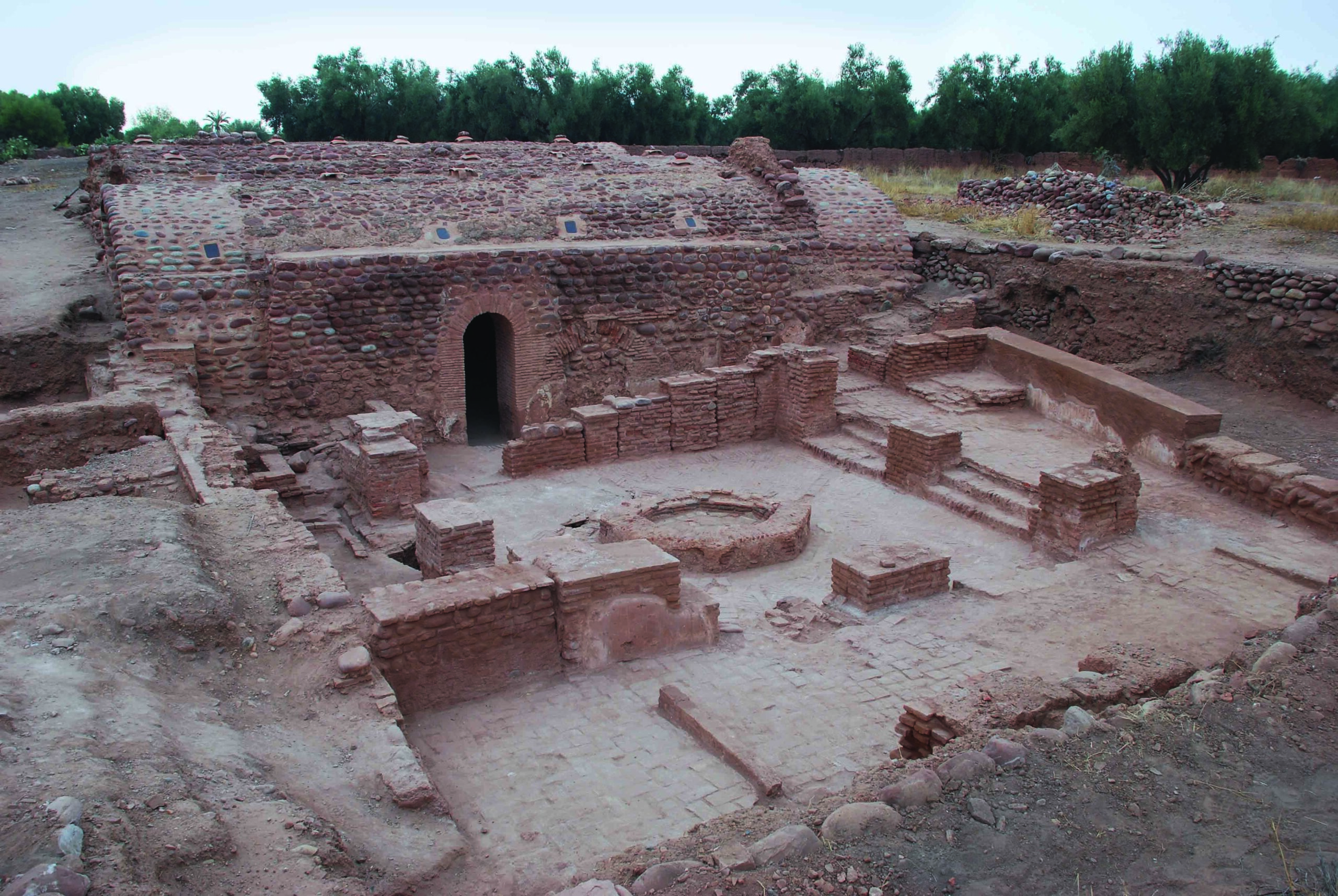
WILTSHIRE, ENGLAND—The New York Times reports that 50 of the 52 sarsen stones at Stonhenge, the roughly 5,000-year-old Neolithic-period henge monument on England's Salisbury Plain, were quarried at a location roughly fifteen miles away. Using a combination of geochemical and statistical analyses, a multidisciplinary team of archaeologists and geologists identified a chemical signature for the megaliths, including all 15 standing stones that form the site's iconic inner horseshoe. They compared this signature to other chemical signatures taken from sarsens—a vernacular term for duricrust silcrete—at 20 sites across Great Britain. The dataset comparison resulted in a single match, an area on the southern edge of Wiltshire's Marlborough Downs called West Woods. The visual similarity of sarsen boulders on the Marlborough Downs to the Stonehenge megaliths led historian and writer William Lambarde to suggest the Downs as the origin for the monument's sarsens as early as the sixteenth century. Antiquarian John Aubrey postulated a specific connection between West Woods and Stonehenge a century later. However, scholars have known for decades that the smaller, so-called bluestones near the center of Stonehenge were dragged, rolled, or carried there from a quarry some 180 miles away in Wales, so the team did not rule out the possibility that the sarsens were imported from a great distance. To read about new insights into a standard of measurement that appears to have been used at Stonehenge, go to “Epic Proportions.”










